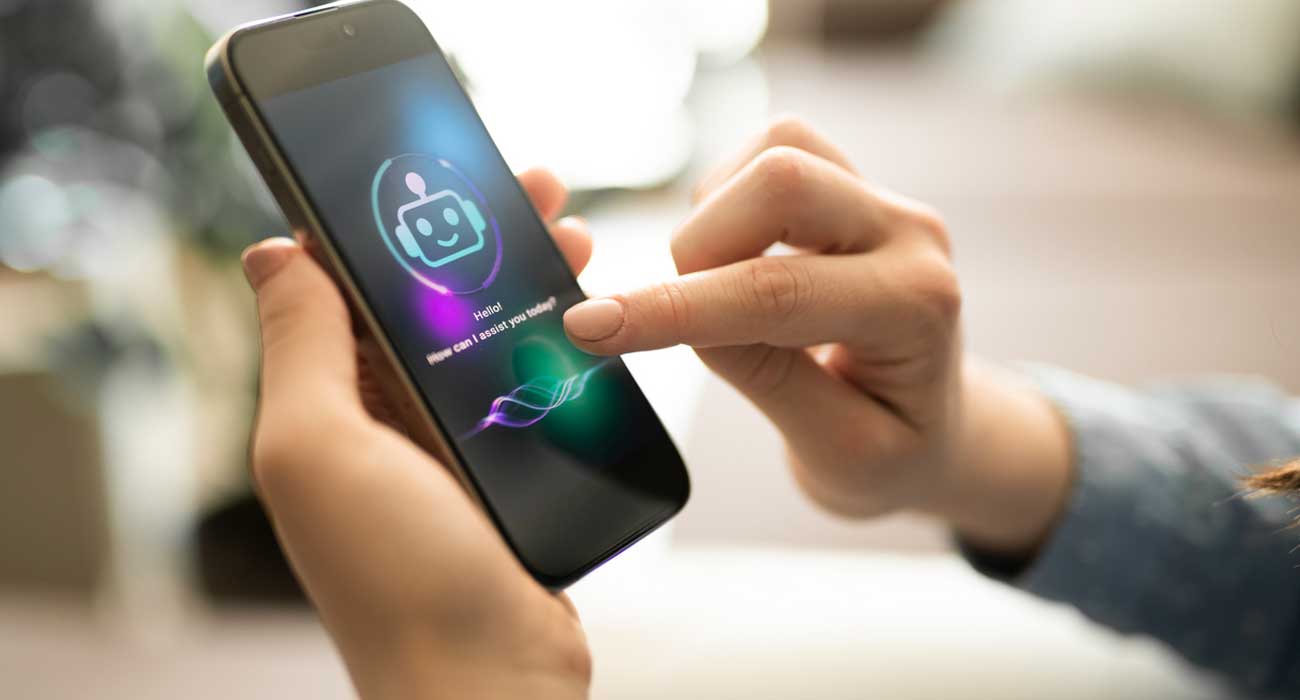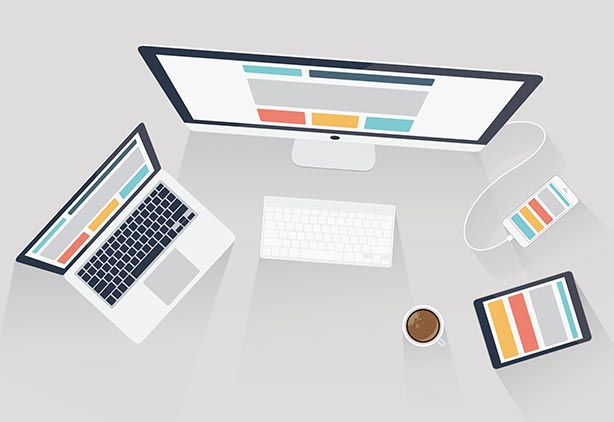Website Design and User Psychology: How Layout Shapes Decisions
Behind every click, scroll, or purchase is a decision shaped by psychology. A website is more than a collection of pages—it’s a carefully crafted environment that influences how people think, feel, and act. Website design plays a direct role in guiding those decisions, often in subtle ways that visitors don’t consciously recognize.
By understanding the connection between design and user psychology, businesses can create websites that not only look appealing but also drive engagement, trust, and conversions.
The Role of Visual Hierarchy in Guiding Actions
When users land on a page, their eyes don’t move randomly. Instead, they follow patterns influenced by visual hierarchy—the way design elements are arranged to signal importance.
- Size and scale: Larger headlines or buttons naturally attract more attention.
- Color and contrast: Bright or contrasting colors highlight key actions, like calls-to-action (CTAs).
- Positioning: Elements placed at the top or center of a page are noticed faster.
- Whitespace: Strategic empty space around elements gives them more prominence and reduces clutter.
For example, an e-commerce site might highlight a “Buy Now” button in a contrasting color, surrounded by whitespace, ensuring users can’t miss it. By using hierarchy effectively, designers gently guide users toward the most important actions without overwhelming them.
Cognitive Ease and Why Simplicity Boosts Engagement
The human brain prefers clarity and simplicity. This concept, known as cognitive ease, explains why users engage more with websites that are straightforward and easy to navigate.
- Clean navigation menus: Users should be able to find information within a few clicks.
- Consistent layouts: Predictable design patterns reduce mental effort and make browsing intuitive.
- Minimalist design: Cutting down on unnecessary visuals or text helps users focus on key messages.
- Readable typography: Clear fonts and sufficient line spacing reduce eye strain and encourage longer engagement.
When a website feels simple and effortless, users stay longer, engage more, and are more likely to trust the brand. Conversely, cluttered or confusing designs increase bounce rates and discourage return visits.
Designing for Emotional Triggers That Drive Conversions
Decisions are not purely logical—they’re emotional. Effective website design taps into these emotions to encourage action.
- Colors that influence mood: Warm colors like red and orange can create urgency, while blues and greens often evoke calm and trust.
- Imagery that resonates: Photos of real people, customer success stories, or lifestyle imagery create emotional connections.
- Trust elements: Badges, testimonials, and reviews reassure users at the moment of decision-making.
- Urgency and scarcity cues: Limited-time offers, countdown timers, or stock availability indicators trigger quick decisions.
By aligning design with emotional triggers, businesses create experiences that feel personal and persuasive. The result is a website that doesn’t just inform—it inspires users to take meaningful action.
The psychology of decision-making is deeply intertwined with website design. Visual hierarchy guides attention, simplicity fosters engagement, and emotional triggers push users toward conversions. Businesses that understand and apply these principles create websites that are not only aesthetically pleasing but also strategically effective.
Ultimately, good design is invisible—it feels natural, intuitive, and effortless. When websites align with user psychology, they stop being digital brochures and become powerful tools for trust, engagement, and growth.




 +91 8277203000
+91 8277203000
